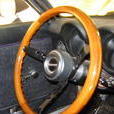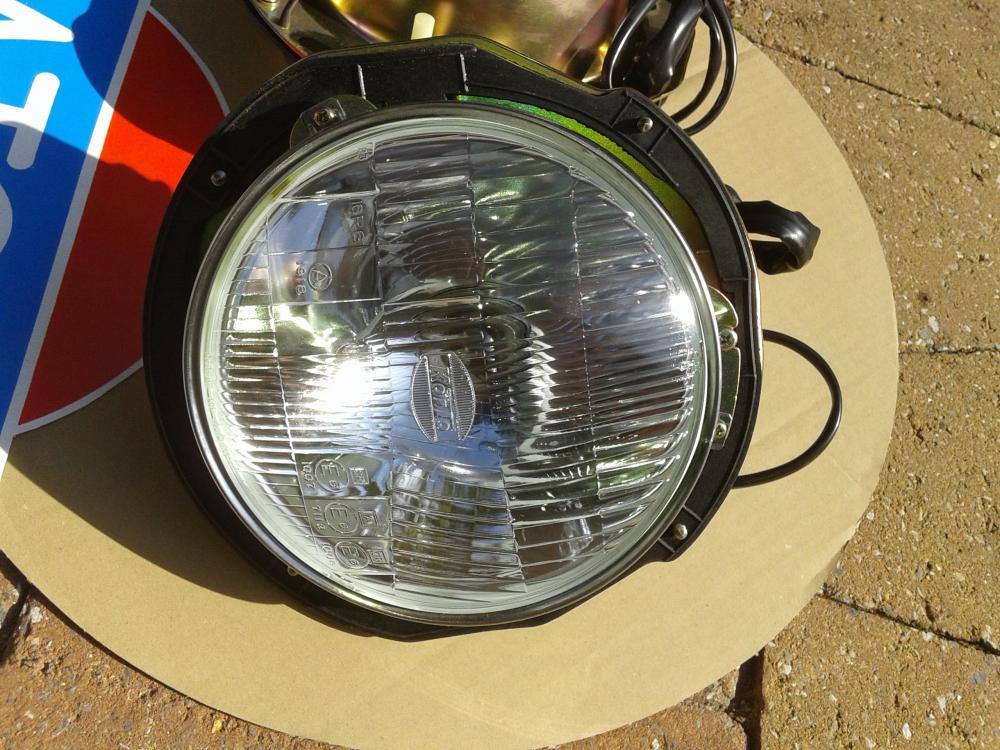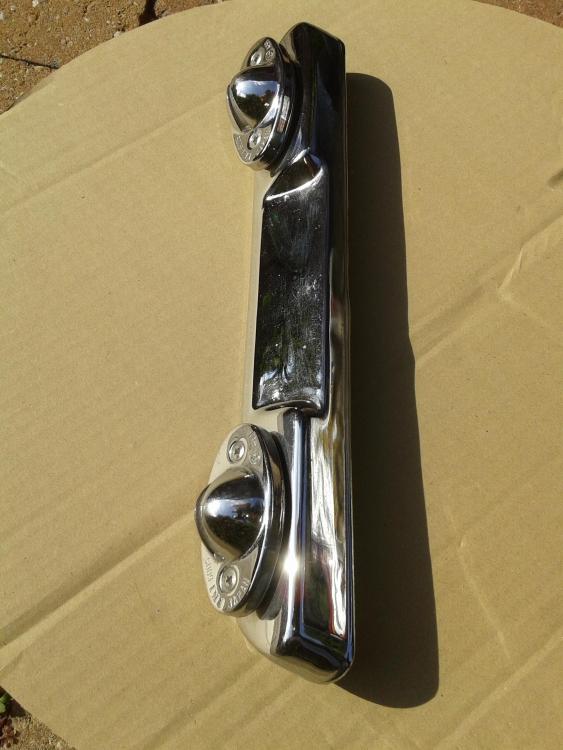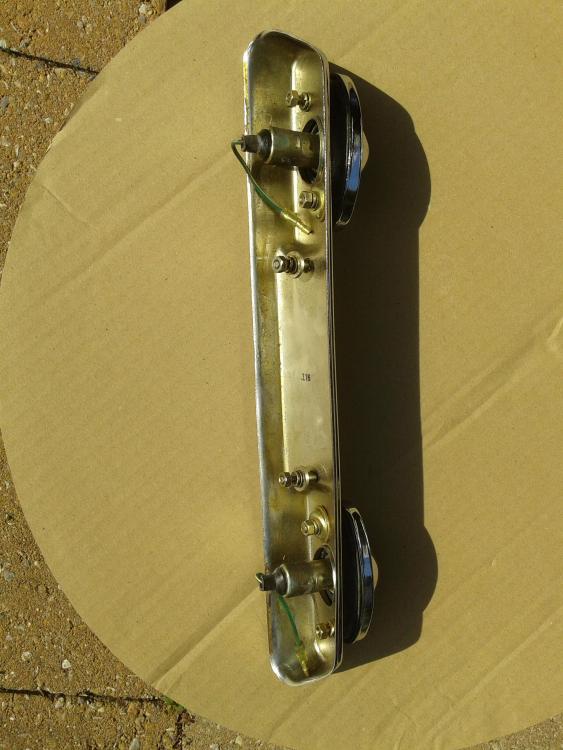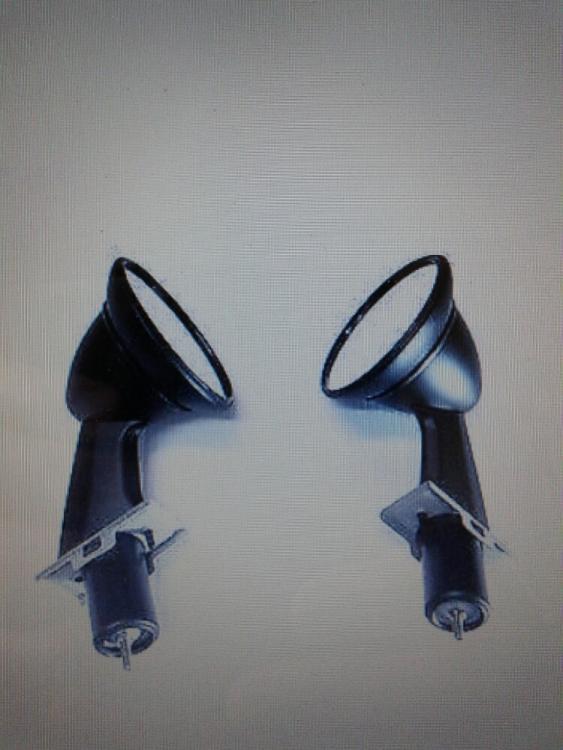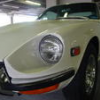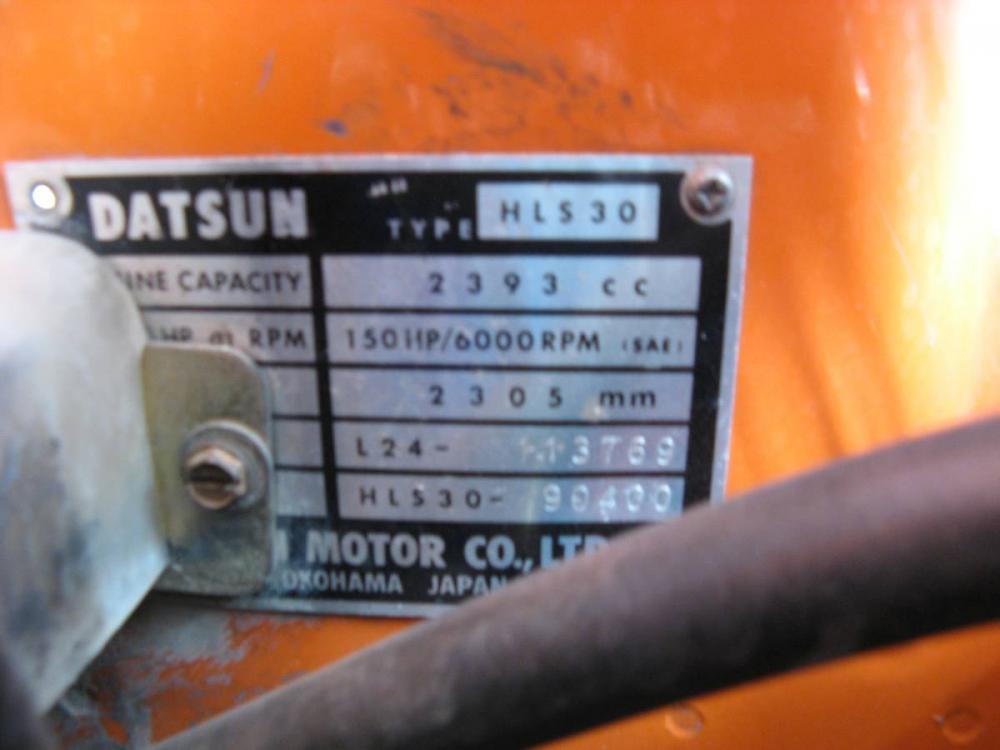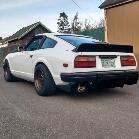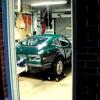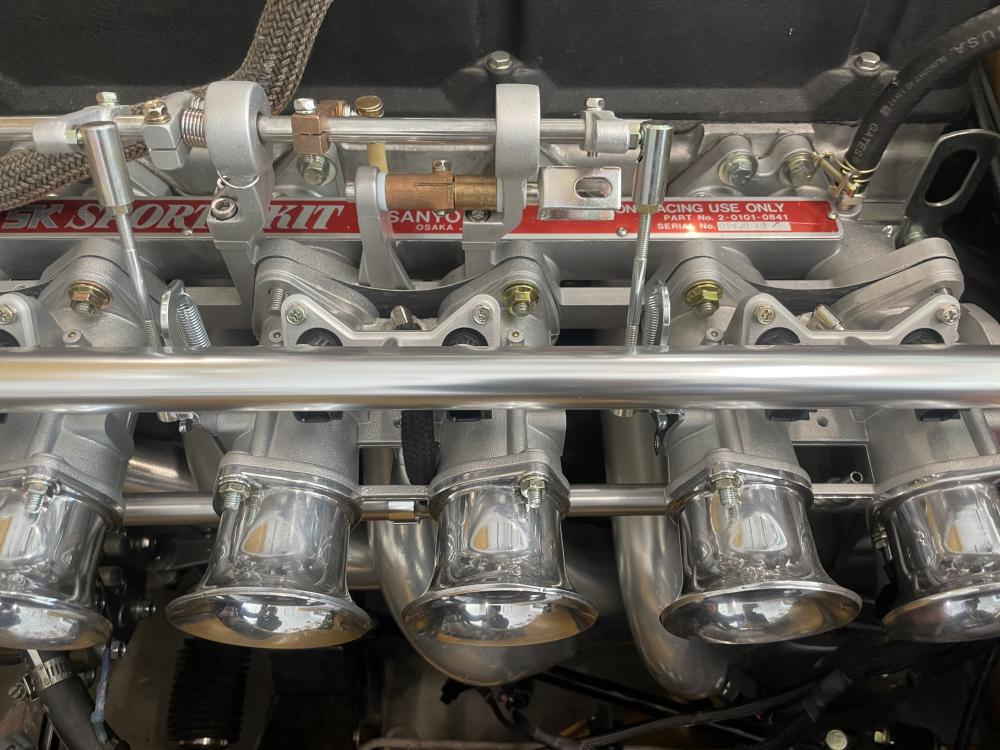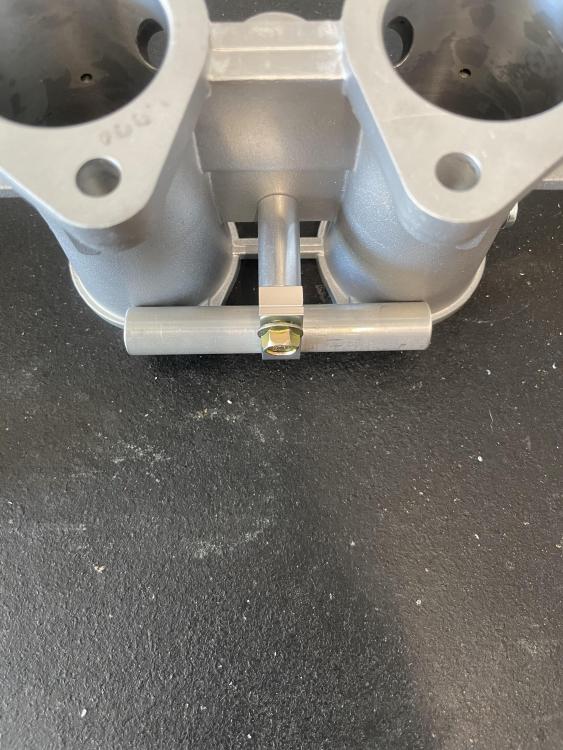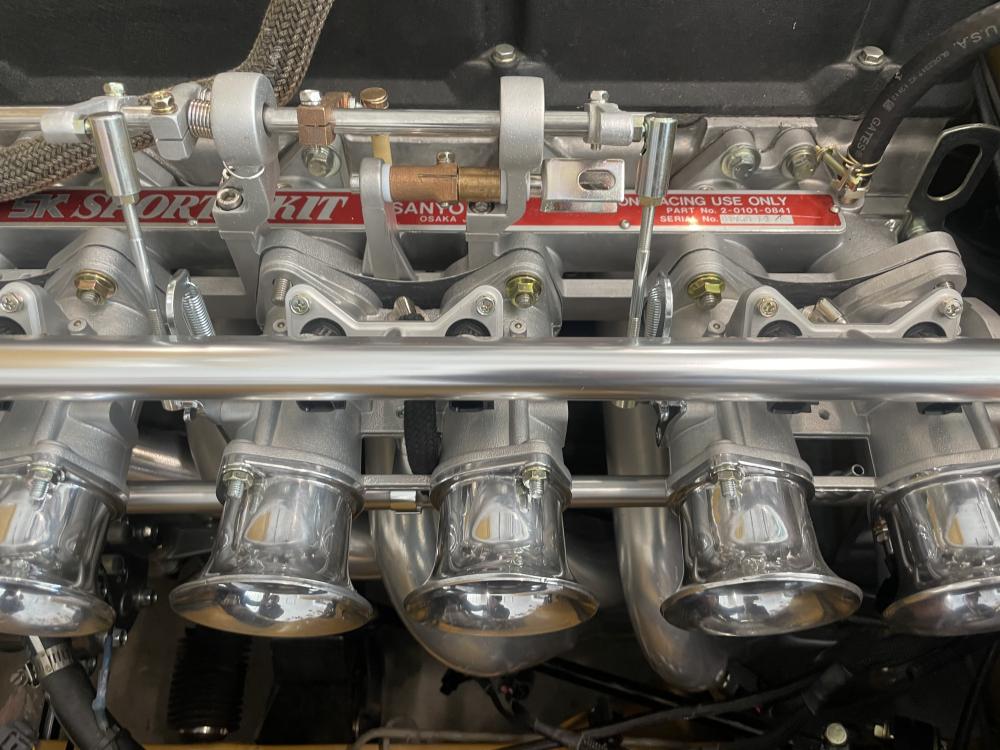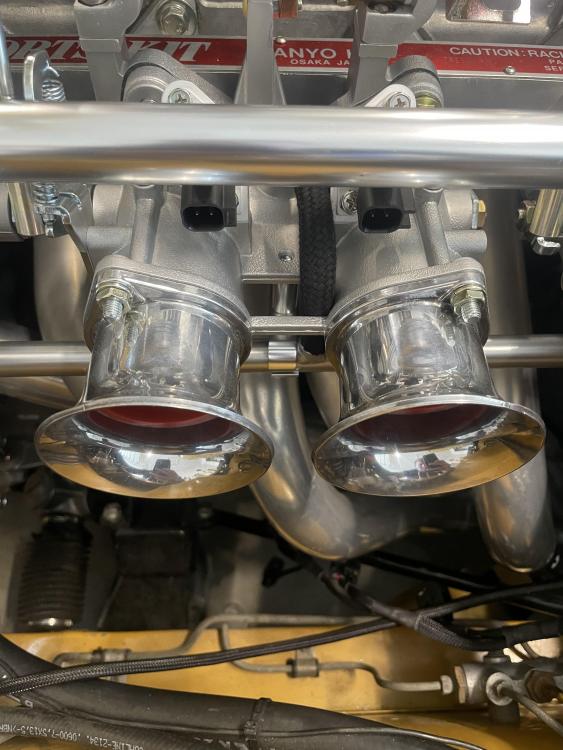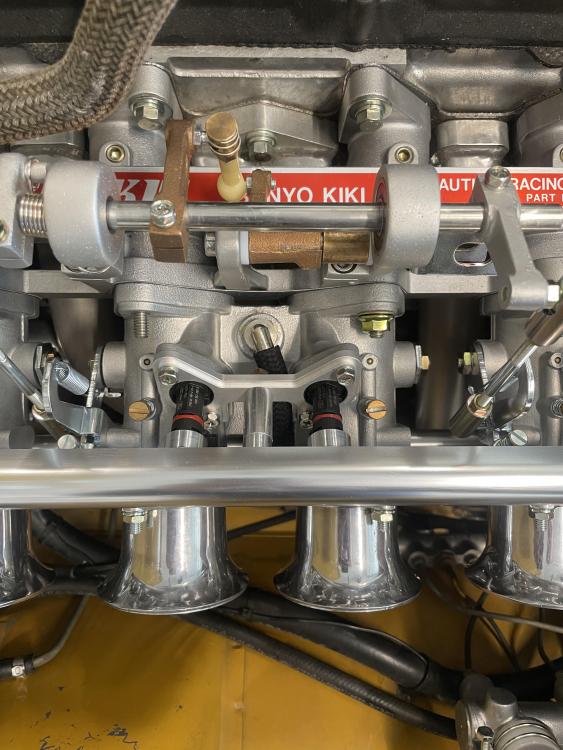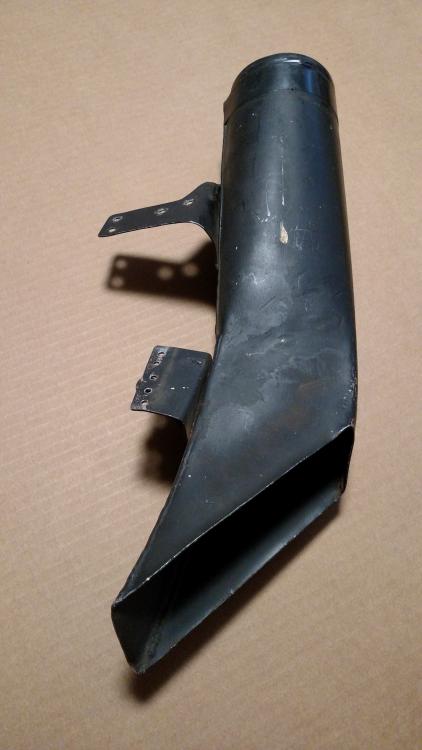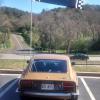Nice to see that the X-Y laser gave you some encouraging measurements
Re your plumb bob measurements, I think you should would be quite satisfied with a discrepancy of only 1mm in your LHS vs RHS measurements. I think that's probably within the manufacturer's original build tolerance (which, in the 1970's was probably on the order of 1.5 - 2 mm for this type of long, front-to-rear measurement). One question, though: Did you measure both longitudinal (front-right to rear-right / front-left to rear-left) and transverse (front-right to rear-left / front-left to rear-right)? If you only did the longitudinal measurements, then you still don't know whether the frame is lozenged (also referred to as 'diamonded', IIRC).
The plumb laser will make these measurements more convenient and more accurate. Trying to hang a plumb bob string from the center of a bolt hole or bolt head is not that easy to do with accuracy (especially if you're lying on the garage floor).
At the back of the car, you should be using the 'C' points (holes in the rear subframe, just behind where the interior floor pan kicks up) as your reference. At the front of the car, you should use two different sets of reference points: 1) the front (or rear) LHS and RHS crossmember mount holes in the frame rails, and; 2) the centres of the big holes at the top of the two front shock towers. (1) will tell you about the alignment of the lower structure and the lower front suspension pickup points. (2) will tell you about the alignment of the front suspension's upper pickup points.
Re the front bumper mount holes, I suggest you wait for corroboration from at least one additional owner of a damage-free Z to feel confident that they're supposed to be 'level'. Although logic says that this should be the case, you just never know. You have a lot of prospective time and effort a stake, so best to not begin until you're as confident as possible about what is 'correct'. Also: I'm leery about the float-level measurement methods that I've seen so far. They measure relative to an inertial level, but you can't be sure whether both cars are sitting at the same pitch angle (aka 'rake angle') relative to inertial (or, for that matter, whether the floors underneath them are properly level). Ideally, 'level' for the bumper mount holes should be judged using a vehicle frame of reference. Your X-Y laser can do that, but the float level measurements may be suspect.
Another thing: Note that the front and rear bolt holes are drilled pretty close to each other, which means that any errors made in sighting on the bolt hole centers (or the bottoms or tops of the bolt holes) will greatly exaggerate the measured front-to-rear angle. If I was doing this, I'd use a compass to draw a bolt-hole-sized circle on a piece of wide masking tape and then draw on crosshairs. Then I'd stick the tape on the body panel over one of the mount holes. Now repeat for the other three mount holes.
One last idea (which you can take or leave): If you conclude that the bumper bolt holes really are out of whack, you might consider trying a bit of 'caveman' body alignment as a low-cost, low-impact first step. Take some of the square tubing you have left over from your frame rig construction project and cut a pair of 8-foot lengths. For both, drill a pair of correct-size holes at one end that are at the same spacing as the bumper-bolt holes. Bolt the legs in place on the bumper/hinge-mount body panel, one one the outside of the panel, the other on the inside, securing them in place with two pieces of threaded rod (or a pair of really long bolts). Now you have a hefty 8-ft lever that's solidly mounted to the bent panel.
If the front bumper-mount hole is higher than the rear one, you'll need to push down on the end of the lever. In this case, I would suggest you build a solid side-to-side wood trestle to put under the front of the front frame rails, right behind the rad bulkhead. Also, put some counteracting weight in car's hatch area (sandbags, more left-over frame-rig tubing, a couple of willing bystanders, whatever falls readily to hand). Now push down on the end of your lever and see if you can get that sheet metal to shift.
If the front bumper-mount hole is lower than the rear one, you have a slightly different proposition. In this case, you'll need to lift up on the lever and that wood-trestle support-behind-the-rad-bulkhead idea isn't going to happen. When you lift up on the end of your lever, you'll really just be trying to lift the whole front end of the car (and support frame) off the garage floor. I'm too lazy to do the math, but I expect you won't be able to put more than 100 lb of lift onto the end of your lever arm before the vehicle and support frame start to lift off the floor. Still, 100 lb of force on the end of an 8-ft lever might generate enough torque on the panel to shift the local sheet metal in the process.
And if none of this works, you can always move on to Plan B (hammer, dolly, torch).
Disclaimer: I haven't tried the lever idea, so I can't guarantee that it will work. Or be safe. Caveat emptor.
 Subscriber
Subscriber 5Points11,142Posts
5Points11,142Posts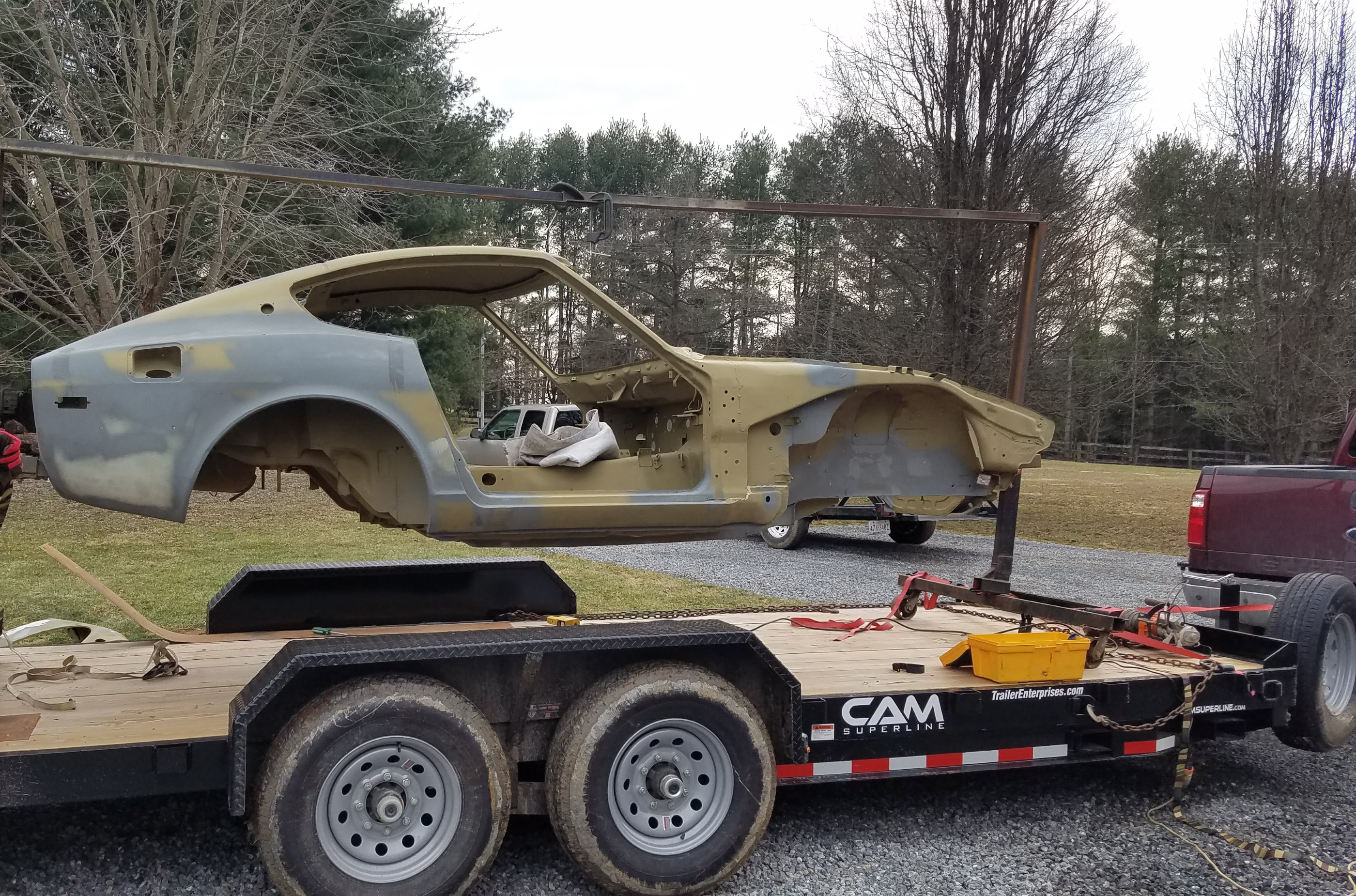
 Subscriber
Subscriber 4Points383Posts
4Points383Posts






